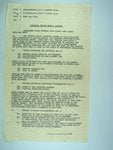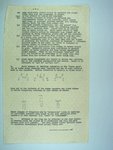Why was that? I would have thought that it would be the main British fighter against the Japanese or were the US fighters handling the situation so there was no need for the RAF?
Similar reason that the Spitfire arrived late to Malta and N.A. Priority. Fighter Command had first dibs on Spitfires.....then starting in 1942, the Med. received a few squadrons. PTO/CBI remained third priority. Another reason was that up through 1943, the Hurricane was considered good enough (on paper at least) to face the expected opposition in the CBI. That this turned out not to be the case is why Cmdr Ritchie was sent to the CBI to make an accessment. Eventually pilot demands for Spitfires was granted.



